To provide the best experiences, we use technologies like cookies to store and/or access device information. Consenting to these technologies will allow us to process data such as browsing behaviour or unique IDs on this site. Not consenting or withdrawing consent, may adversely affect certain features and functions.
The technical storage or access is strictly necessary for the legitimate purpose of enabling the use of a specific service explicitly requested by the subscriber or user, or for the sole purpose of carrying out the transmission of a communication over an electronic communications network.
The technical storage or access is necessary for the legitimate purpose of storing preferences that are not requested by the subscriber or user.
The technical storage or access that is used exclusively for statistical purposes.
The technical storage or access that is used exclusively for anonymous statistical purposes. Without a subpoena, voluntary compliance on the part of your Internet Service Provider, or additional records from a third party, information stored or retrieved for this purpose alone cannot usually be used to identify you.
The technical storage or access is required to create user profiles to send advertising, or to track the user on a website or across several websites for similar marketing purposes.


 Assorted Colour Vampire Crab Geosesarma Sp 2-3Cm
1 × £8.71
Assorted Colour Vampire Crab Geosesarma Sp 2-3Cm
1 × £8.71  Purple Vampire Crab - Geosesarma Dennerle - Decapod Crustacean
2 × £7.74
Purple Vampire Crab - Geosesarma Dennerle - Decapod Crustacean
2 × £7.74 






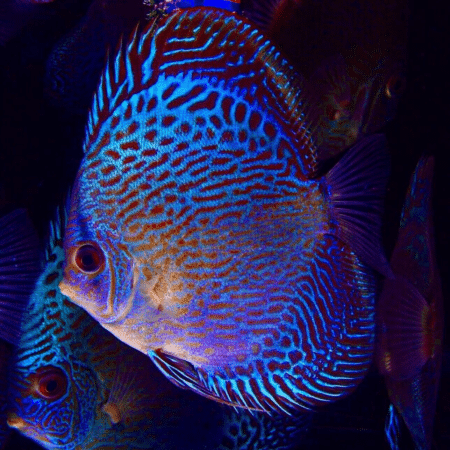


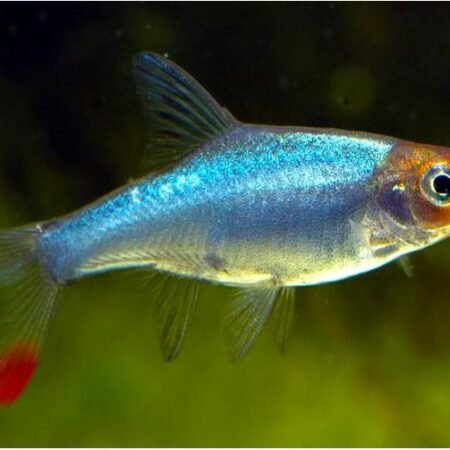
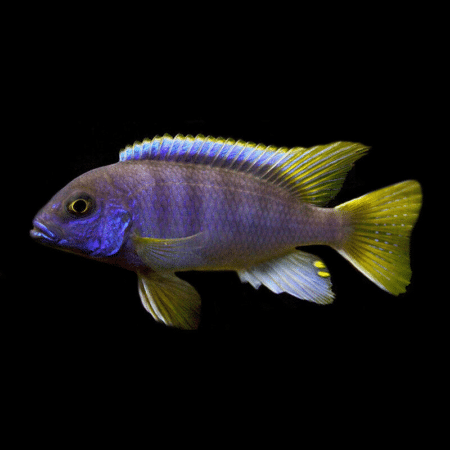
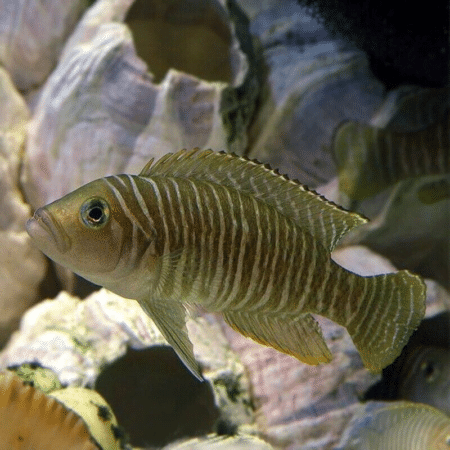
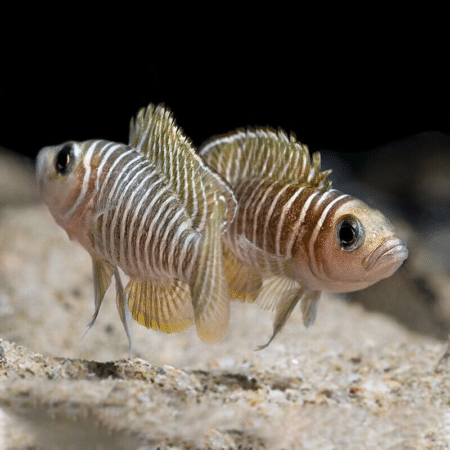
Emily Carter (verified owner) –
I’ve been an aquarium enthusiast for over five years, and I recently decided to try the Live Mysis in 90ml packs for my betta fish. Within just a week of feeding them this delicious treat, I noticed a remarkable increase in their activity levels and overall health. They absolutely love Mysis shrimp and eagerly chase them around the tank—it’s such a joy to watch! Compared to bloodworms, which can sometimes cloud the water, these shrimp stay intact and don’t leave behind a mess. I appreciate that they come in PE bags, making storage easy and keeping them fresh. One minor downside is that the packaging could be a bit more eco-friendly, but that’s a small trade-off for the quality of the food. I highly recommend this product for anyone who keeps bettas or other small freshwater fish. Your pets will thrive, and you’ll find it incredibly rewarding to see them so happy! I’ll definitely be stocking up on these.
Emily Carter (verified owner) –
I recently purchased the Live Mysis / PE-Bags for my betta fish, and it has been a game changer! After using this product for about two weeks, I can confidently say my betta, Splash, is thriving. He absolutely goes wild for these little freshwater shrimp! I appreciate that the Mysis come in 90ml packs, making it super easy to portion out for feeding times.
What really impressed me is how lively and fresh they are upon arrival—definitely a notch above the frozen alternatives I’ve tried in the past. I’ve noticed an increase in Splash’s energy and overall vibrancy; his colors seem more vivid since incorporating these into his diet. Plus, they are easy to store and maintain, which is a bonus for any busy aquarist!
I would highly recommend these live Mysis shrimp for anyone with bettas or community tanks. The quality is unmatched, and your fish will thank you for the variety! The only minor concern I had was that a few shrimp were a bit larger than expected, but Splash managed just fine. Overall, a fantastic addition to my aquarium feeding supplies!